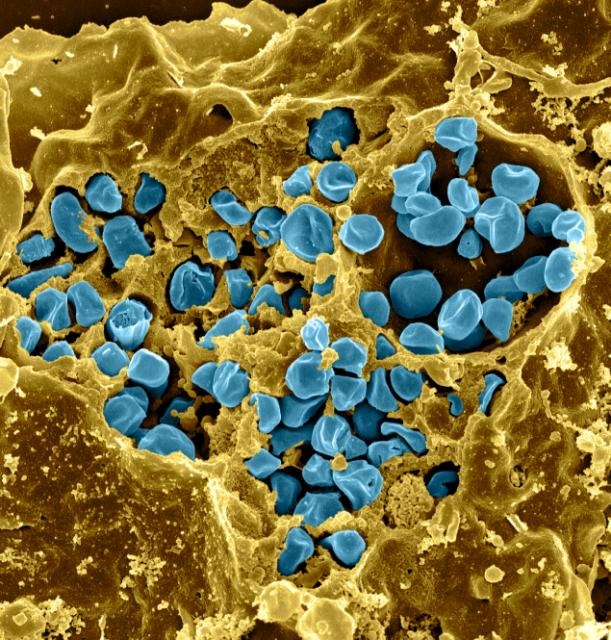
CDC reports increased incidence of ‘rabbit Fever’ in the U.S.
On Jan. 2, 2025, the U.S. Centers for Disease Control and Prevention (CDC) reported an increased incidence of Tularemia “rabbit Fever’ in the U.S. over the last decade. Tularemia, a rare bacterial zoonotic disease, can lead to death but is treatable with antibiotics. It is caused by the tier-1 select agent Francisella tularensis, which can be transmitted to humans through multiple routes. No vaccine to prevent tularemia is currently available.
During 2011–2022, 47 states reported 2,462 tularemia cases (0.064 per 100,000 population), representing a 56% increase in incidence compared with 2001–2010. Incidence was highest among children aged 5–9 years, older men, and American Indian or Alaska Native (AI/AN) persons, among whom incidence was approximately five times that among White persons.
Risk for tularemia persists throughout the United States, particularly in some central states. Although the demographic groups most at risk for tularemia remain consistent with those identified in previous decades, (AI/AN) persons continue to face substantially higher disease risk than do other groups.
Tags:
Source: U.S. Centers for Disease Control and Prevention
Credit: Photo: Transmission electron micrograph of francisella tularensis bacteria. Courtesy: National Institute of Allergy and Infectious Diseases.
